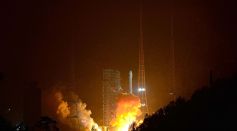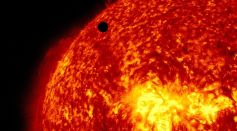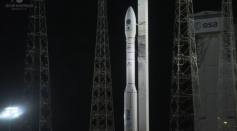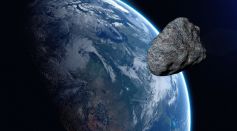SPACE
Rocket Lab Receives a Five-Year Launch Operator License from FAA

China's Mysterious Reusable Spacecraft Lands After Two-Day Flight

NASA's SLS Rocket Exceeds Cost Estimates, Notifies Congress

The Canadian Space Agency Meets Its First Female President
Rocket Lab Launches First Satellite Built and Launched from New Zealand

Elon Musk on Mars Colonization: "Good Chance You'll Die"

SwRI Awarded the NASA Contract to Develop a High-Latitude Mission That Will Image The Sun's Poles

Vega Rocket Returns To Service, Carries 53 Satellites To Orbit

NASA/ESA's Hubble Captures Images of Cygnus Supernova Blast
New Study Suggests the Possibility of Life in Stars

Lunar Hematite: Why Is There Rust on the Moon?

NASA Is Looking for Flight Directors To Lead Its Future Spaceflight Missions

Spring Cleaning on the Moon: Scientists Develop Lunar Dustbuster

Asteroid Bigger Than Great Pyramid of Giza May Pass Earth Next Week
Most Popular

What Causes Tornadoes and How They Form: Tornado Science Explained for Extreme Storms

Extreme Weather Science Reveals How Climate Change Patterns and Global Warming Transform Earth's Weather

Why Pandemics Keep Happening: Pandemic Cycle and the Rise of Emerging Diseases

How Planets Form: Planet Formation and Protoplanetary Disks in Solar System Creation




